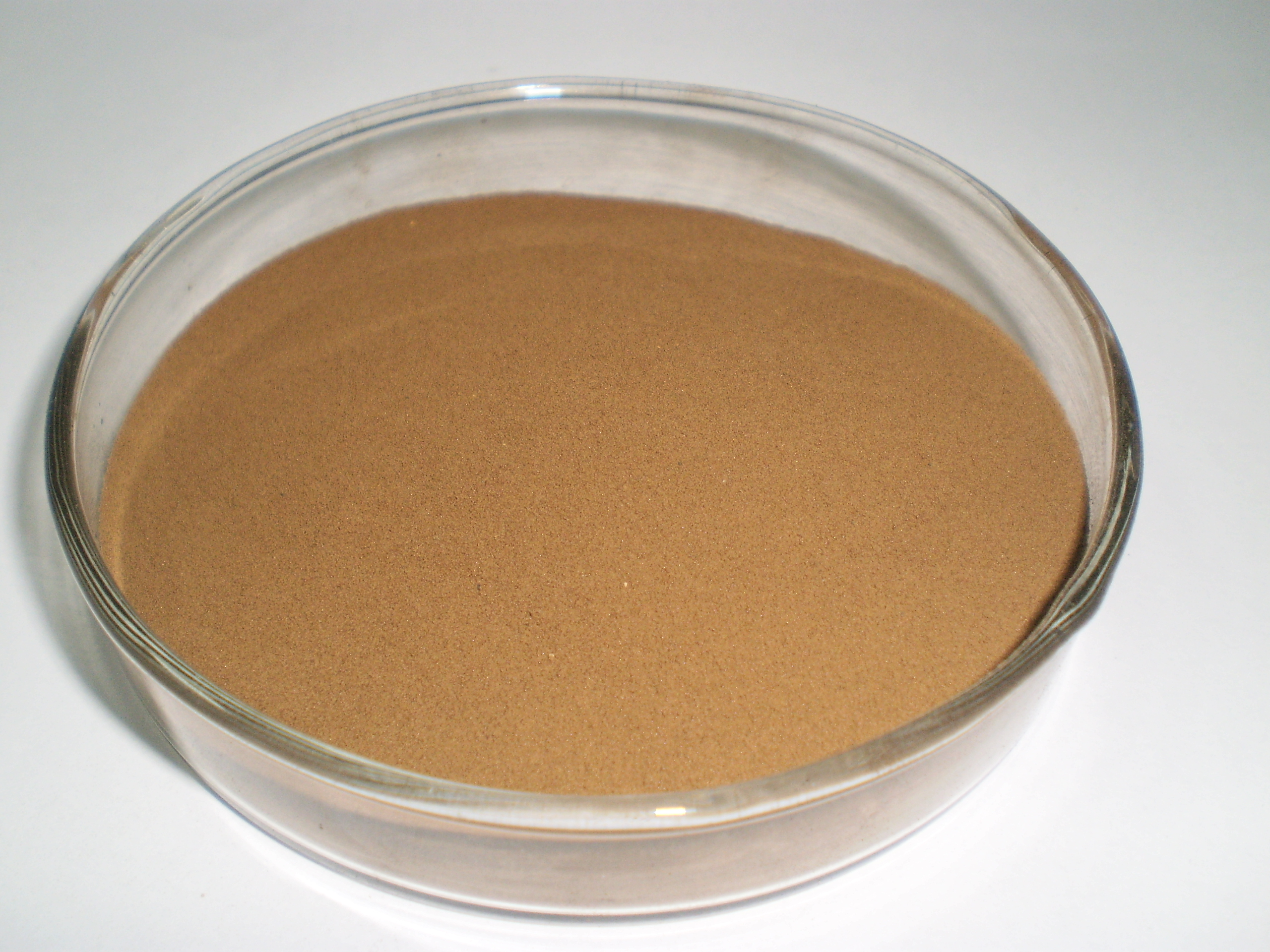1. Introduction
Lignosulphonates are currently authorised for use as technological additives (functional groups: binders, anti-caking agents and coagulants) in feedingstuffs for all species and categories of animals, with no maximum feed inclusion limit, and without a time limit, and foreseen for re-evaluation according to the provisions set in Regulation (EC) No 1831/2003. The applicant is seeking the re-evaluation of lignosulphonate as a technological additive, functional group: binders, in feedingstuffs for all animal species.
2. Characterisation
Lignosulphonates are amorphous branched polymers of lignin, containing sulphonated covalently linked phenyl propane monomers (C9).
The polymers have an average molecular weight ranging from 1 000 to 250 000 Da.8 Depending on the type of pulping process, different salts, including calcium lignosulphonate, sodium lignosulphonate and magnesium lignosulphonate, can be obtained.
Since the cations are not considered relevant for the efficacy of the additive as a pellet binder and the nutrition of target animals, lignosulphonates are treated in the assessment of the FEEDAP Panel as one additive.
2.1. Characterisation of the additive
The additive lignosulphonate is specified by the applicant to contain, on a dry matter (DM) basis, lignosulphonate (45–100 %) and reducing sugars (< 30 %). For other substances or analytical groups, different contents are given in Table 2.
Table 2: Specifications of calcium lignosulphonate, sodium lignosulphonate and magnesium lignosulphonate (% DM basis)

Calcium lignosulphonate (solid) Sodium lignosulphonate (solid) Magnesium lignosulphonate (liquid) Lignosulphonate 45–100 45–100 45–100 Reducing sugars < 30 < 30 < 30 Calcium < 8 < 1 < 1 Sodium < 5 < 12 < 5 Magnesium < 1 < 1 < 8 Sulphate < 4.5 < 8 < 8 Sulphite < 1.5 < 4 < 4 Total ash < 20 < 30 < 20 The analyses of five batches each of calcium lignosulphonate,9 sodium lignosulphonate10 and magnesium lignosulphonate11 are summarised in Table 3.
The results showed that the content of lignosulphonate on DM was above 70 % in all the batches analysed.
Table 3: Composition of calcium lignosulphonate, sodium lignosulphonate and magnesium lignosulphonate. Results expressed in % DM (except DM, expressed in % of total product)

Calcium lignosulphonate (solid) Sodium lignosulphonate (solid) Magnesium lignosulphonate (liquid)
The analysis of six batches of the additive12 showed concentrations of < 5 mg lead/kg, < 0.5 mg cadmium/kg, < 0.05 mg mercury/kg, < 1 mg arsenic/kg, < 50 mg fluorine/kg, < 10 mg nitrites/kg and < 30 mg hydrocyanic acid/kg. Concentrations of aflatoxins B1, B2, G1 and G2 were < 0.05, < 0.03, < 0.1 and < 0.08 µg/kg, respectively. Dioxin concentration in three batches was < 0.5 ng World Health Organization (WHO) polychlorinated dibenzodioxin/dibenzofuran (PCDD/F)-toxic equivalence quotient (TEQ)/kg and no pesticides of concern were detected.13 No Salmonella spp. was found in 25 g each of three samples of the additive.

